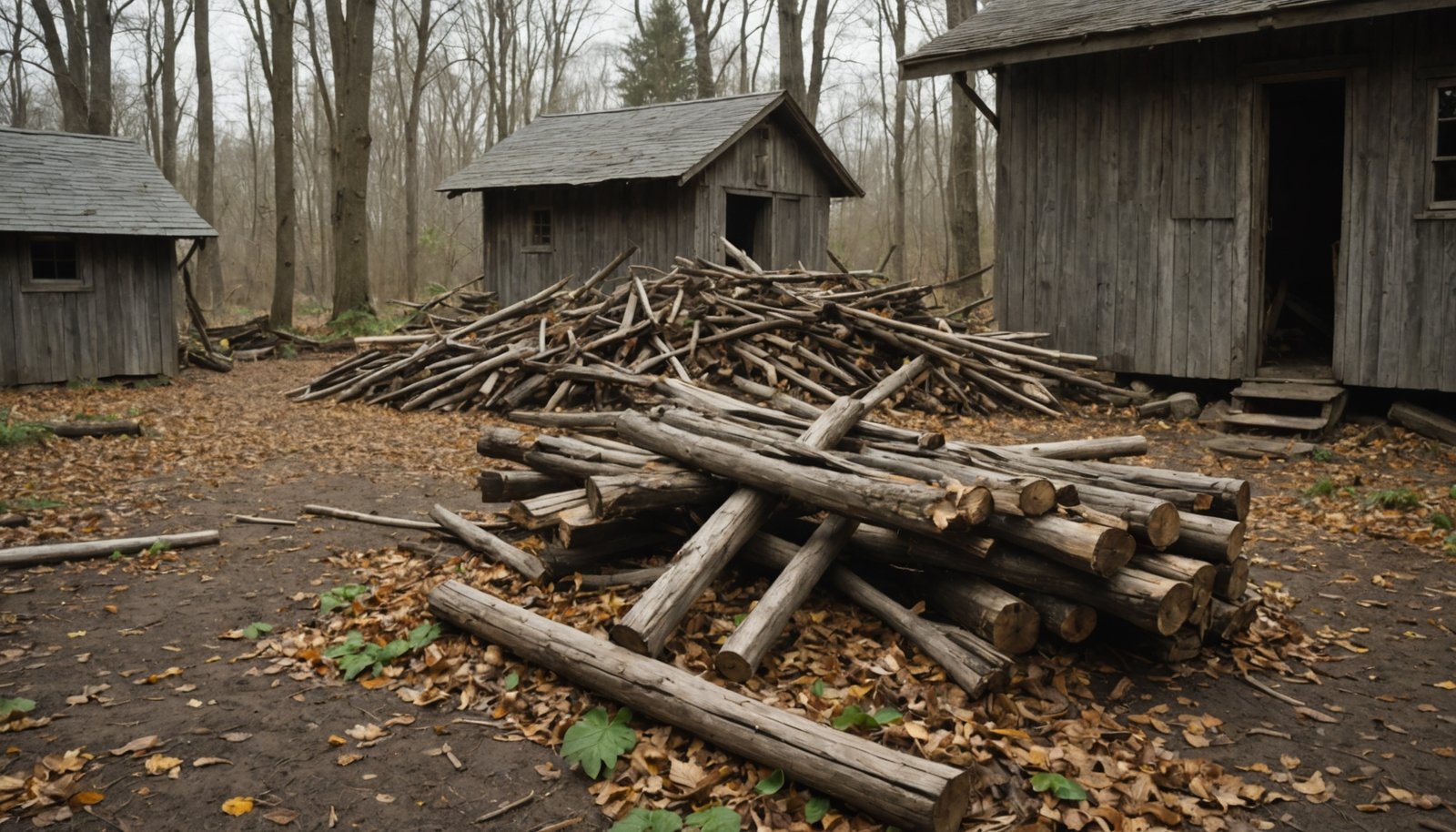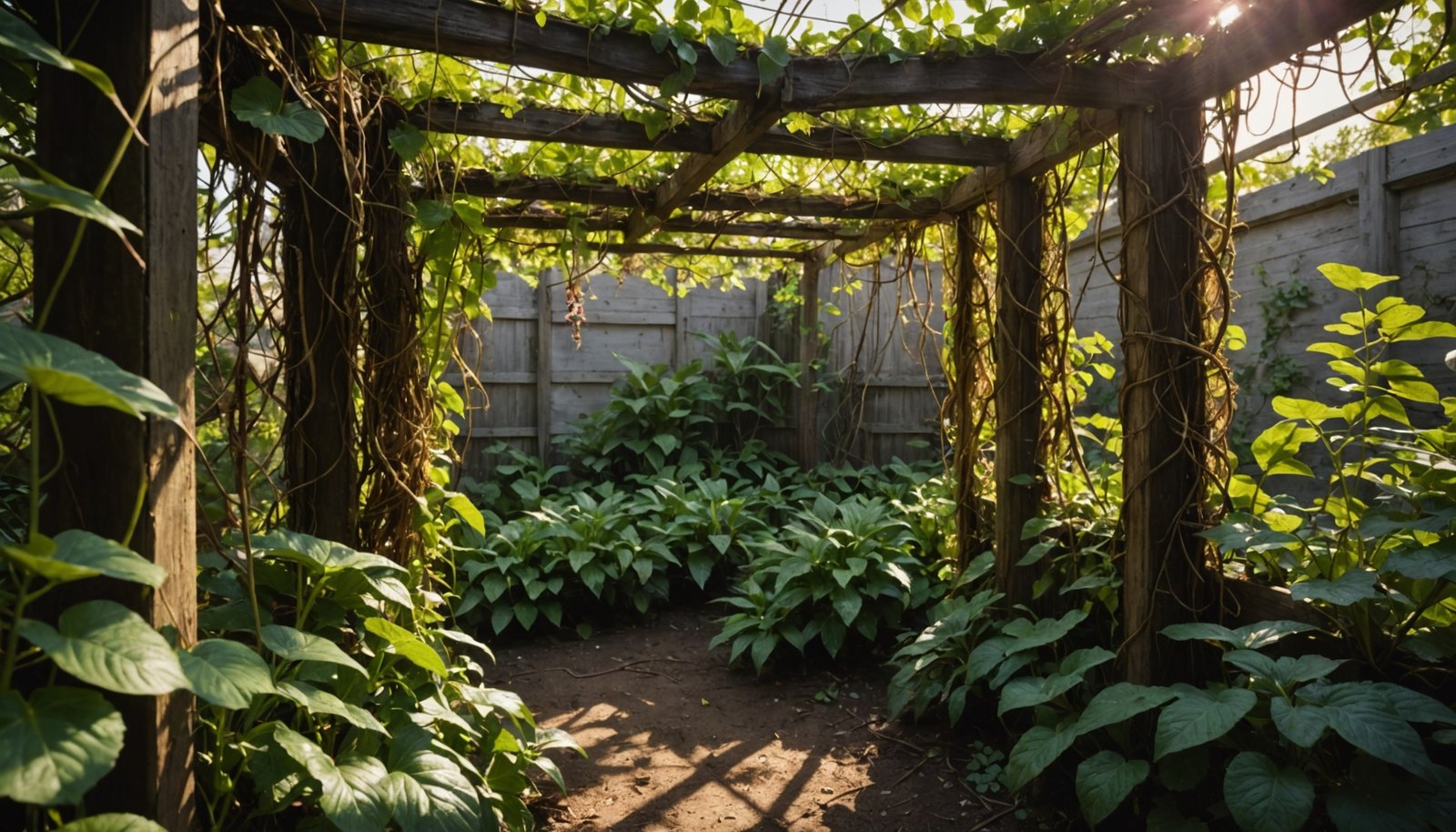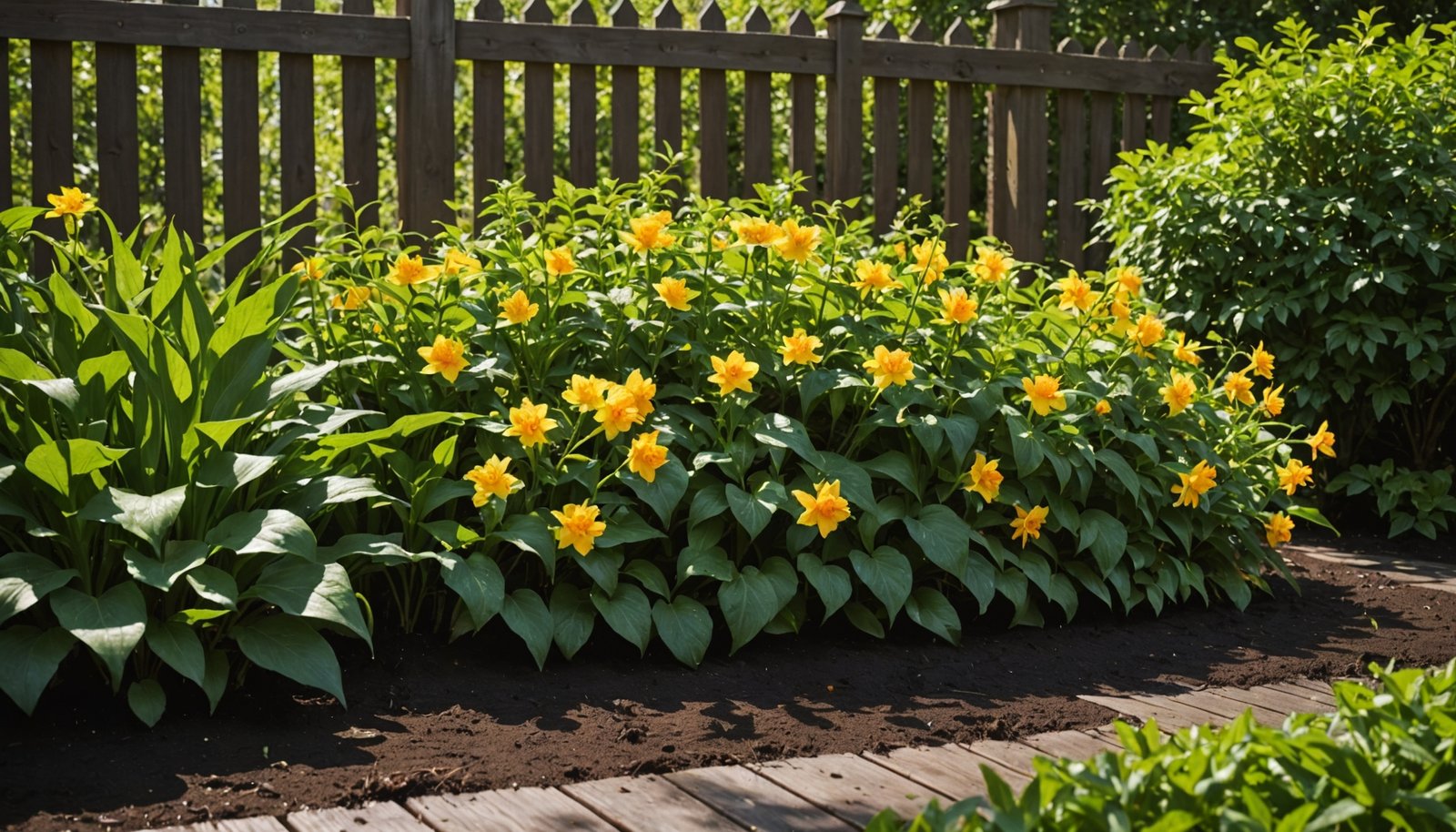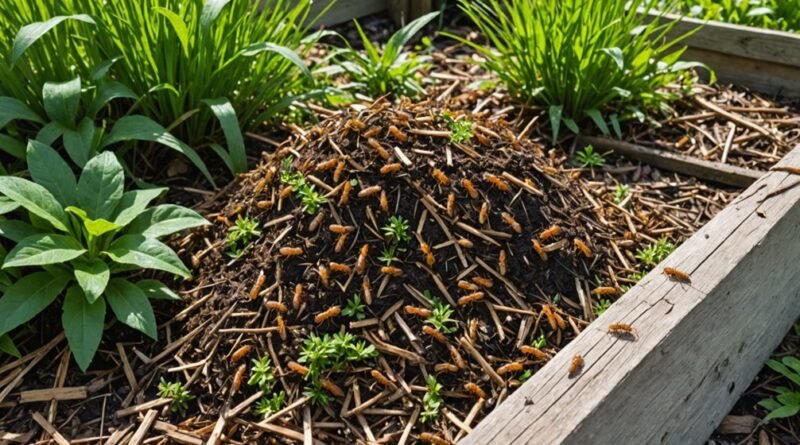Landscaping Mistakes That Attract Termites to Your Yard
Your landscaping habits may unknowingly invite termites into your yard. Stacking firewood against the house, placing mulch too close to the foundation, and allowing dense vegetation near walls creates ideal conditions for these destructive pests. Poor drainage and moisture management, like overwatering or clogged gutters, also attract termites to your property. Learning to spot and correct these common mistakes will help protect your home from costly termite damage.
Key Takeaways
- Stacking firewood directly against house siding or storing it within 20 feet of the foundation creates an ideal termite habitat.
- Overwatering gardens and having poor drainage systems near the house creates moisture that attracts termites.
- Placing mulch directly against the foundation without maintaining a 6-12 inch barrier provides termites easy access.
- Planting moisture-loving vegetation too close to the house creates humid conditions termites thrive in.
- Neglecting to remove decaying plant matter, fallen leaves, and rotting wood around the yard provides termite food sources.
Common Wood Storage Errors That Welcome Termites

While storing firewood might seem like a simple task, improper storage near your home can create a direct highway for termites to invade. As a homeowner, you’ll want to keep your firewood at least 20 feet from your house to minimize the risk of termite infestation.
Never stack wood against your home’s siding or foundation, as this provides termites easy access to your structure. Instead, store your firewood elevated off the ground and use treated wood or naturally resistant materials for your storage racks.
Keep the area well-ventilated with proper drainage to prevent moisture buildup, which attracts these pests. Before bringing any wood indoors, carefully check for signs of termite activity, including small holes or sawdust-like frass.
The Hidden Dangers of Improper Plant Placement

Although many homeowners focus on creating an attractive landscape, improper plant placement can invite unwanted termite guests into your home. To protect your home’s structural integrity, you’ll need to make smart choices about your landscaping material and plant placement.
| Don’t Do This | Do This Instead |
|---|---|
| Plant soft-wood trees near foundation | Keep trees at least 3 feet from house |
| Allow dense vegetation against walls | Maintain proper airflow around foundation |
| Ignore decaying plants | Remove dead wood promptly |
| Use moisture-trapping plants | Plant termite-repelling varieties |
For effective termite prevention, consider adding vetiver grass or lemongrass to your landscape. These natural deterrents help reduce termite activity while maintaining your yard’s beauty. Remember to regularly inspect your plants for signs of decay and maintain proper spacing to avoid creating moist conditions that termites love.
Moisture Management Mistakes in Your Yard

Since moisture serves as a major attractant for termites, proper water management in your yard is essential for protecting your home. Poor moisture management practices, like allowing water pooling around your foundation, create perfect conditions for subterranean termites to thrive.
You’ll want to address leaky outdoor faucets and clogged gutters immediately, as these issues lead to unwanted moisture accumulation.
Be careful not to make common mistakes like overwatering gardens or maintaining dense vegetation near your house. These practices trap moisture and increase humidity levels, creating an inviting environment for termite infestations.
To safeguard your property, establish effective drainage systems and conduct regular inspections of your yard’s moisture-prone areas.
Critical Mulching Errors to Avoid
When it comes to protecting your home from termites, proper mulching practices play an essential role in prevention. Your mulching choices and placement can either deter or attract these destructive pests to your wooden structures. To safeguard your home, maintain a 6-12 inch mulch-free barrier around your foundation and consider using termite-resistant alternatives like gravel or rubber mulch.
| Mulching Error | Consequence | Prevention Strategy |
|---|---|---|
| Direct foundation contact | Creates termite highway | Keep 6-12″ barrier |
| Excessive moisture | Attracts pest colonies | Control watering |
| Using wood mulch | Provides food source | Choose alternatives |
| Poor maintenance | Enables decay | Regular inspection |
| Improper depth | Traps moisture | Follow depth guidelines |
Overlooked Signs of Termite-Friendly Conditions
Despite homeowners’ best efforts to protect their properties, subtle conditions around the landscape can secretly invite termite infestations.
You’ll need to watch for standing water and poor drainage that create moist environments these pests love. If you’ve placed excessive mulch against your home’s foundation, you’re unknowingly providing termites with both food and shelter.
Don’t overlook rotting wood like old stumps or debris in your yard – they’re perfect breeding grounds for termites.
Dead wood and yard debris aren’t just eyesores – they’re inviting termites to establish colonies in your landscape.
Check your foundation regularly for cracks and gaps, as these provide easy termite entry points, especially when combined with damp conditions.
Dense vegetation and overwatering near your house’s perimeter are particularly problematic, as they reduce airflow and trap humidity.
These seemingly minor issues can transform your landscape into an ideal environment for termite colonies.
Drainage Issues That Create Termite Havens
Poor drainage stands as one of the most significant landscaping issues that can turn your yard into a termite paradise.
When your yard’s slope doesn’t redirect water away from your foundation, you’re creating ideal conditions that attract termites, especially subterranean termites that thrive in damp environments.
Clogged gutters compound the problem by allowing water to overflow and saturate the soil around your home. This excessive moisture creates perfect breeding grounds for termite infestations.
You’ll want to address these drainage issues promptly by installing French drains or swales to effectively channel water away from vulnerable areas.
Don’t forget that regular maintenance plays a vital role – keep your gutters clean and inspect your drainage systems frequently to prevent moisture buildup that could invite unwanted termite guests to your property.
Preventable Maintenance Oversights in Landscaping
Regular maintenance oversights in your landscaping can inadvertently create a welcome mat for termites. To prevent termites from invading your property, you’ll need to address key maintenance issues that often go overlooked.
Moisture accumulation from leaky faucets and poor drainage creates ideal conditions for various termite species, while neglected entry points in your foundation provide easy access.
- Fix leaky outdoor faucets immediately and guarantee proper drainage to minimize moisture accumulation around your home’s perimeter.
- Remove wood debris, including fallen branches and improperly stored firewood, which should be kept at least 20 feet from your house.
- Regularly inspect and maintain landscaping material, including mulch placement, and avoid planting moisture-loving vegetation directly against your foundation.
Implementing these termite control measures through consistent maintenance will greatly reduce your risk of infestation.
Conclusion
You’ve learned how common landscaping errors can turn your yard into a termite paradise. By avoiding improper wood storage, fixing drainage issues, managing moisture levels, and maintaining proper mulching practices, you’ll create an environment that’s less attractive to these destructive pests. Don’t wait until you spot termite damage – take action now to protect your property through smart landscaping choices.

